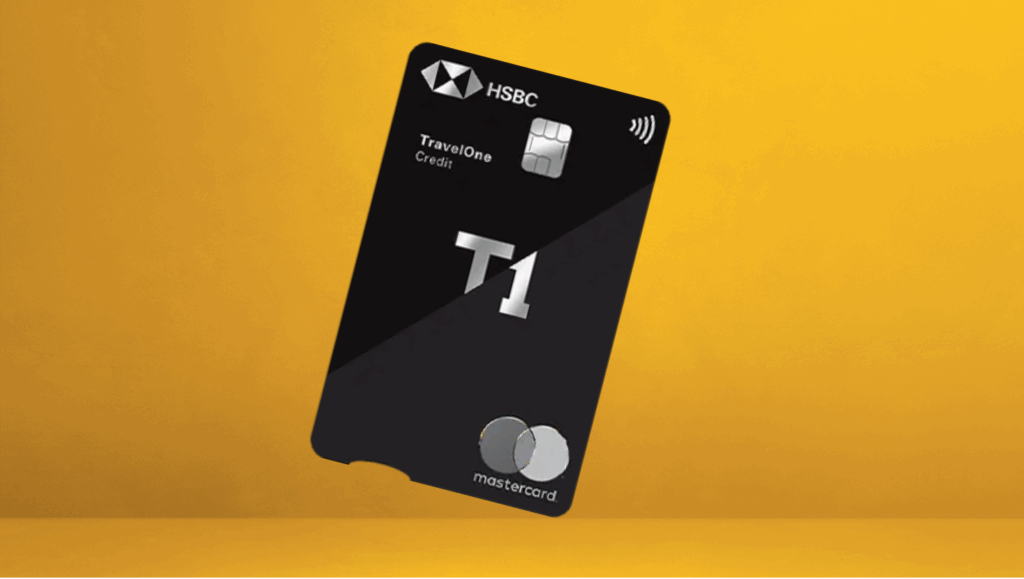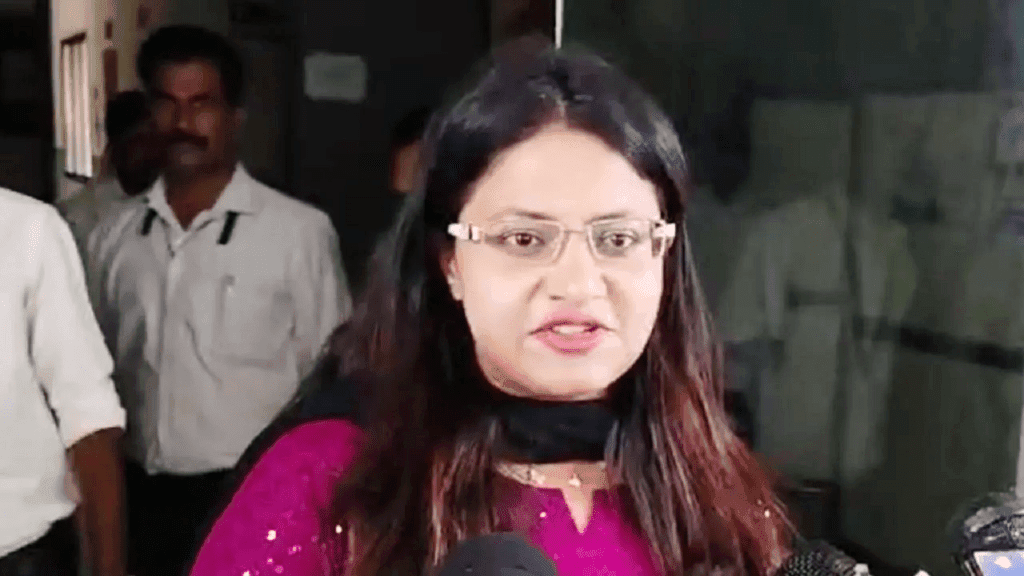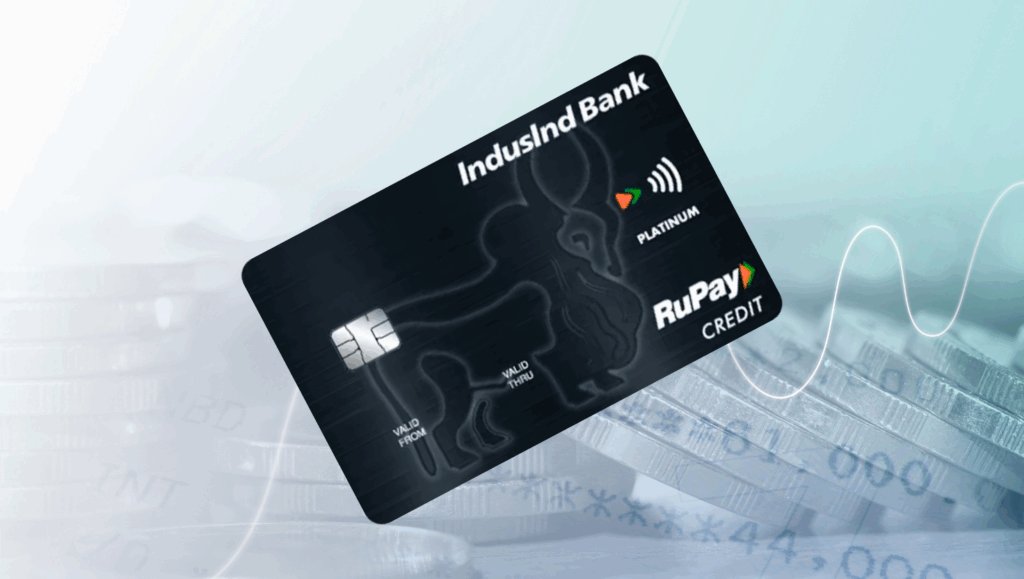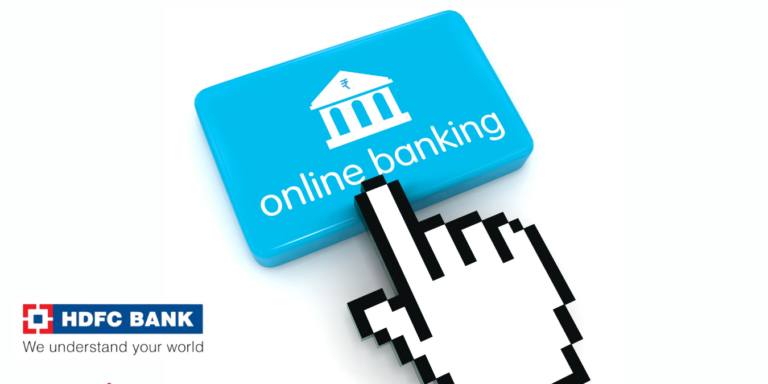
Can a 15-year-old unlock the power of UPI, net banking, and mobile banking with a savings account? Dive into India’s digital finance revolution as we unravel RBI rules, bank policies, and limits for teen savers. With 84 billion UPI transactions, discover if minors can join the cashless wave. Suspense awaits—will your teen master digital payments? Explore the possibilities now!
In an era where digital payments reign supreme, with over 84 billion UPI transactions recorded in India in 2023 alone, the question of whether a 15-year-old can wield the power of UPI, net banking, and mobile banking is more relevant than ever. Imagine a teenager, eager to pay for their favourite online game or campus coffee, navigating the seamless world of digital finance. But can they? The suspense builds as we dive into the Reserve Bank of India (RBI) guidelines, bank policies, and the exciting possibilities for young savers in India’s rapidly evolving financial landscape. To answer: Can a minor aged 15 use UPI, net banking, and mobile banking facilities if they open a savings account in a bank? Let’s embark on this financial journey with curiosity and clarity!
The Rise of Digital Banking in India: A Game-Changer for All Ages
India’s financial ecosystem has undergone a revolution, with Unified Payments Interface (UPI) leading the charge. Launched by the National Payments Corporation of India (NPCI) in 2016, UPI has transformed how we transact, making cashless payments instant, secure, and accessible 24/7. From street vendors to e-commerce giants, UPI’s virtual payment addresses (VPAs) have simplified money transfers, with Rs. 139.09 trillion processed in 2023. Alongside UPI, net banking and mobile banking have empowered millions to manage finances from their smartphones. But where do minors, particularly 15-year-olds, fit into this digital wave?
The idea of a teenager managing their own bank account sparks curiosity. Can a 15-year-old, armed with a savings account, tap into these modern banking tools? The answer lies in the intersection of RBI regulations, bank policies, and the unique features of minor savings accounts. Let’s unravel this mystery step by step, exploring the rules, restrictions, and opportunities that await young savers.
Can a Minor Open a Savings Account in India?
Before diving into UPI, net banking, and mobile banking, let’s establish whether a 15-year-old can even open a savings account. According to the RBI guidelines updated in April 2025, minors aged 10 years and above can open and operate savings accounts or fixed deposit accounts independently, provided the bank’s risk management policies allow it. This is a significant shift from earlier norms, where minors typically required a guardian to operate their accounts.
For a 15-year-old, this means they can open a savings account in their name, either independently or jointly with a parent or legal guardian. Banks like State Bank of India (SBI), HDFC Bank, ICICI Bank, Axis Bank, and Ujjivan Small Finance Bank offer specialized minor savings accounts such as SBI’s Pehla Kadam and Pehli Udaan, ICICI’s Young Star Savings Account, or Axis Bank’s Future Stars Savings Account. These accounts are designed to foster financial literacy, offering features like debit cards, limited transaction rights, and parental oversight.
But here’s the twist: opening an account is one thing; accessing digital banking tools like UPI, net banking, and mobile banking is another. Can a 15-year-old truly harness these tools, or are there hidden restrictions? Let’s explore each facility to find out.
UPI for Minors: Is It Possible at 15?
UPI, or Unified Payments Interface, is the backbone of India’s digital payment revolution. With a UPI ID linked to a bank account, users can send and receive money instantly using apps like BHIM, PhonePe, Google Pay, or bank-specific apps like Canara ai1 or ICICI iMobile. But can a 15-year-old use UPI? The answer is a cautious yes, with some caveats.
RBI Guidelines on UPI for Minors
According to the RBI, minors above the age of 15 who hold a single savings account (not a joint account) are eligible to use UPI, provided they complete the necessary Know Your Customer (KYC) requirements. This is a critical distinction: minors under 15 or those with joint accounts (operated by a guardian) are generally not eligible for UPI transactions.
For a 15-year-old to use UPI, the savings account must be in their name alone, and they must have a UPI PIN—a 4-6 digit code set during registration to authorize transactions. Banks like ICICI Bank and Axis Bank allow minors above 10 to operate accounts independently, with UPI as an option for accounts like the Young Star Savings Account (with guardian consent for transactions up to Rs. 5,00,000 annually).
How Does UPI Work for a 15-Year-Old?
To set up UPI, a 15-year-old needs:
- A savings account in their name, fully KYC-compliant (Aadhaar card, birth certificate, or school ID).
- A mobile number linked to the bank account.
- A UPI-enabled app (e.g., bank’s app or third-party apps like PhonePe, subject to bank approval).
- A debit card or bank verification to set the UPI PIN.
Once set up, the minor can create a Virtual Payment Address (VPA) (e.g., name@upi) and start transacting. However, banks impose limits:
- Daily transaction limits: Often capped at Rs. 2,000–5,000 for minors, depending on the bank (e.g., SBI’s Pehli Udaan has a Rs. 2,000 daily limit).
- Annual limits: For example, ICICI’s Smart Star Savings Account without guardian consent limits debit transactions to Rs. 50,000 per financial year.
- Parental oversight: Some banks notify guardians of transactions, ensuring minors don’t overspend.
Challenges and Restrictions
Here’s where the suspense kicks in: not all banks uniformly allow UPI for minors. For instance, a Quora post suggests that Bank of India may not provide UPI for minors due to the lack of a debit card with minor accounts, which is often required to set up a UPI PIN. Additionally, third-party UPI apps like PhonePe and Paytm may require users to be 18 or older, limiting minors to bank-specific apps.
Moreover, if a minor loses their phone, the UPI PIN ensures security, as transactions cannot be authorized without it. In case of loss, contacting the bank’s customer support is crucial to prevent unauthorized access.
Net Banking for Minors: A Digital Leap with Limits
Net banking allows users to manage their accounts online—pay bills, transfer funds, or check balances. For a 15-year-old, net banking access depends on the bank’s policies and the type of savings account.
RBI and Bank Policies
The RBI permits banks to offer internet banking to minors above 10, subject to their risk management policies. Banks like SBI, HDFC, and Axis Bank provide limited net banking access for minor accounts, typically with viewing rights and restricted transaction capabilities. For example:
- SBI’s Pehla Kadam and Pehli Udaan: Offer viewing rights and limited transactions like bill payments and top-ups, capped at Rs. 2,000 per day.
- Axis Bank’s Future Stars Savings Account: Provides internet banking with customizable withdrawal limits set by the guardian.
How Can a 15-Year-Old Access Net Banking?
To use net banking, a 15-year-old needs:
- A savings account in their name or jointly with a guardian.
- Online banking credentials provided by the bank post-KYC verification.
- A device (smartphone or computer) with internet access.
The process involves logging into the bank’s net banking portal or app using a user ID and password. However, banks impose restrictions to ensure financial safety:
- Limited transaction rights: Minors can view balances or pay utility bills but may not initiate large fund transfers without guardian approval.
- Guardian oversight: Joint accounts often require the guardian to authorize significant transactions.
- No overdraft: Minor accounts must remain in credit, preventing overspending.
The Catch
Not all banks offer full-fledged net banking for minors. Some, like Bank of India, may restrict minors to basic account access without digital banking facilities, citing the absence of a debit card or stricter risk policies. This variability creates suspense: will your chosen bank empower your 15-year-old with net banking, or will they face roadblocks?
Mobile Banking: A Teen’s Gateway to Financial Independence
Mobile banking integrates UPI, net banking, and additional features like balance checks, bill payments, and fund transfers into a single app. For a 15-year-old, mobile banking is often the most accessible digital tool, as it aligns with their smartphone-savvy lifestyle.
Bank Offerings for Minors
Banks like Ujjivan Small Finance Bank, ICICI Bank, and IndusInd Bank provide mobile banking apps for minor accounts, with features tailored for young users:
- Ujjivan SFB Minor Savings Account: Offers a free mobile banking app in nine languages, with no minimum balance requirement and debit card access for children above 10.
- IndusInd Young Saver Account: Allows minors above 10 to operate accounts independently via the bank’s app, with a custom debit card.
- Canara Bank’s Canara ai1: Supports UPI and mobile banking for minors with individual savings accounts, provided KYC is complete.
Restrictions and Safety Measures
Mobile banking for minors comes with safeguards:
- Transaction limits: Daily limits (e.g., Rs. 1,500–5,000) and annual caps (e.g., Rs. 50,000 for ICICI’s Smart Star without guardian consent).
- Parental notifications: Guardians receive SMS alerts for transactions, ensuring oversight.
- KYC compliance: Aadhaar, birth certificate, or school ID is mandatory to activate mobile banking.
The suspense lies in the bank’s discretion. While RBI guidelines permit mobile banking for minors above 10, banks like Indian Bank may restrict accounts to guardian operation until the minor turns 18, limiting digital access.
Documents Required to Open a Minor Savings Account
To enable UPI, net banking, or mobile banking, a 15-year-old must first open a savings account. The KYC documents required include:
- Birth certificate or Aadhaar card to verify age and identity.
- School ID or passport (if available) for additional identity proof.
- Parent/guardian’s KYC (PAN card, Aadhaar, address proof).
- Recent photographs of the minor and guardian.
- Initial deposit: Varies by bank (e.g., Rs. 2,500 for Axis Bank’s Future Stars).
The process can be completed online via bank websites or apps, with e-verification options like video KYC, making it seamless for tech-savvy teens and their parents.
Benefits of Digital Banking for Minors
Allowing a 15-year-old to use UPI, net banking, and mobile banking isn’t just about convenience—it’s a step toward financial literacy. Benefits include:
- Learning money management: Teens gain hands-on experience with budgeting and transactions.
- Encouraging savings: Accounts like Ujjivan SFB’s Minor Savings Account offer up to 7.50% p.a. interest, helping savings grow.
- Digital independence: Limited access to UPI and mobile banking fosters responsible spending under parental guidance.
- Security: UPI PINs and guardian oversight ensure safe transactions.
Challenges and Considerations
Despite the opportunities, challenges persist:
- Bank variability: Not all banks (e.g., Bank of India) offer UPI or net banking for minors, creating inconsistency.
- Age restrictions: Third-party UPI apps may exclude minors under 18.
- Tax implications: Interest earned on minor accounts is clubbed with the parent’s income under Section 64(1A) of the Income Tax Act, potentially increasing tax liability.
- Risk of misuse: Without proper guidance, teens may overspend or fall prey to phishing scams.
The Future of Minor Banking in India
The RBI’s progressive guidelines signal a future where teens as young as 10 can embrace digital banking, preparing them for a cashless economy. Innovations like UPI Circle, introduced by NPCI in August 2024, allow primary account holders (e.g., parents) to authorize secondary users (e.g., minors) to transact with limits, further bridging the gap for young users without independent accounts.
As banks continue to tailor offerings for minors—think customized debit cards from IndusInd or photo-embossed cards from SBI—the financial landscape for teens is becoming more inclusive.
Empowering the Next Generation
So, can a 15-year-old use UPI, net banking, and mobile banking with a savings account? The answer is a resounding yes—with the right bank, a single savings account, and full KYC compliance. Banks like ICICI, Axis, and Ujjivan SFB lead the way, offering tailored accounts with limited but empowering digital access. However, restrictions like transaction caps, guardian oversight, and bank-specific policies add layers of complexity, keeping the suspense alive as parents and teens navigate this space.
By opening a minor savings account, parents can set their 15-year-olds on a path to financial independence, equipping them with tools like UPI and mobile banking to thrive in India’s digital economy. Ready to explore? Check with your bank, compare accounts, and unlock a world of financial possibilities for your teen today!





























